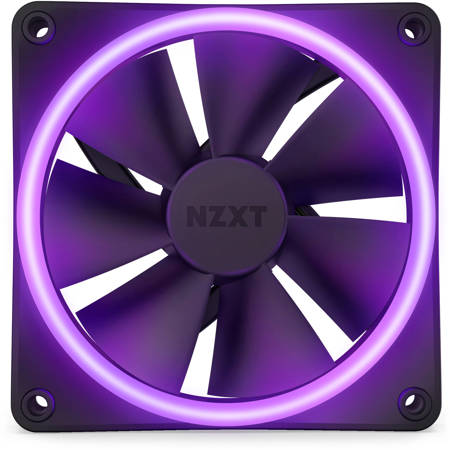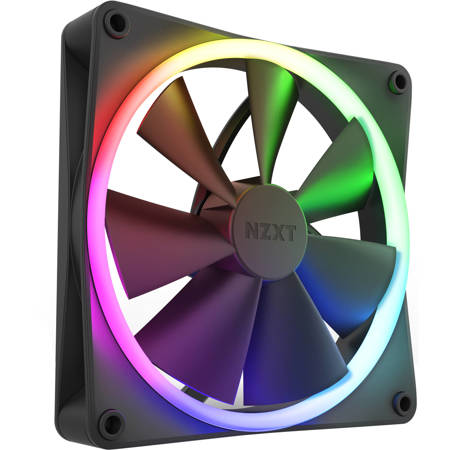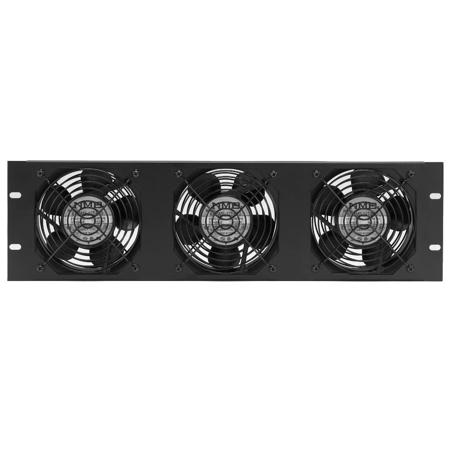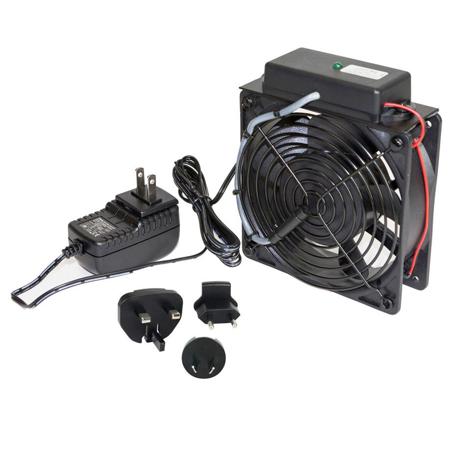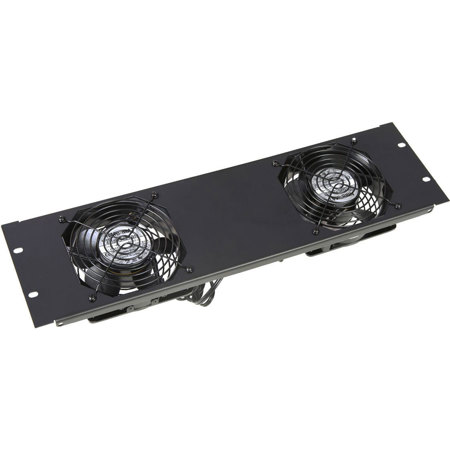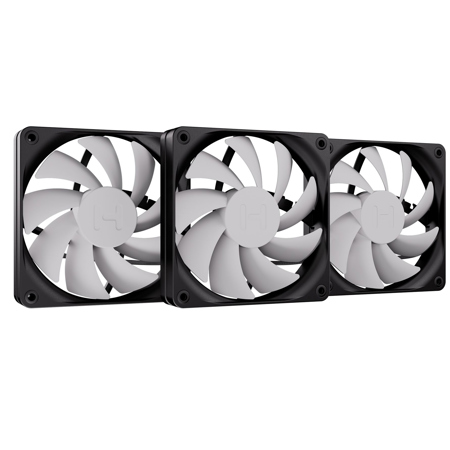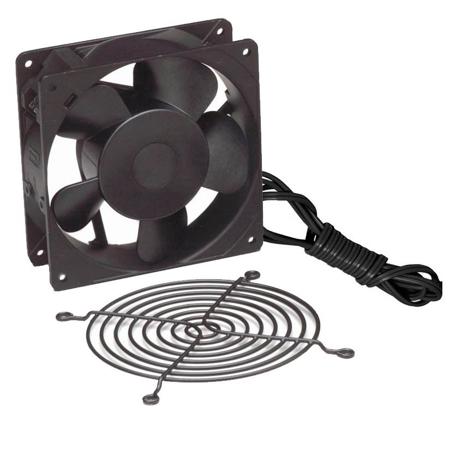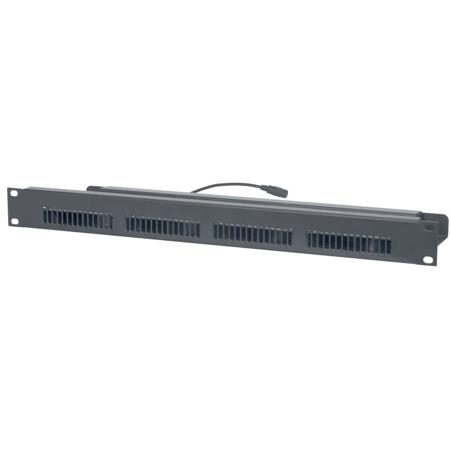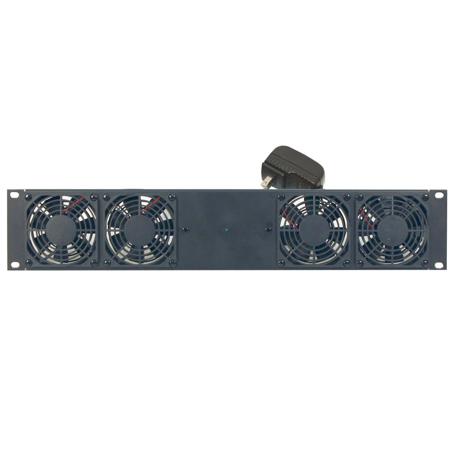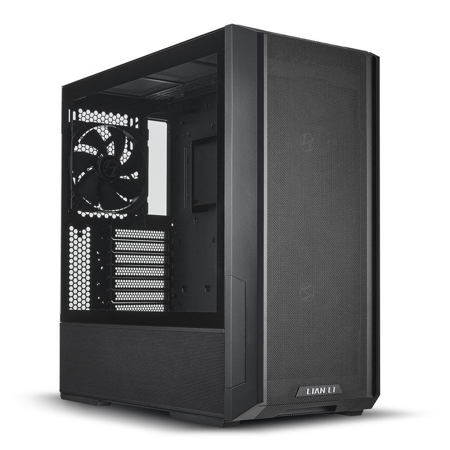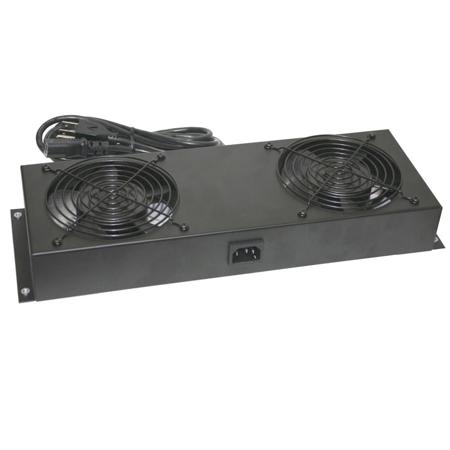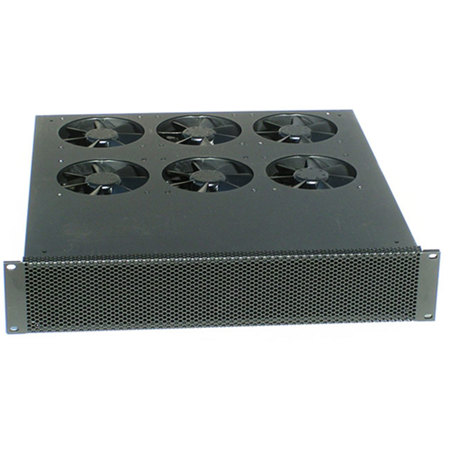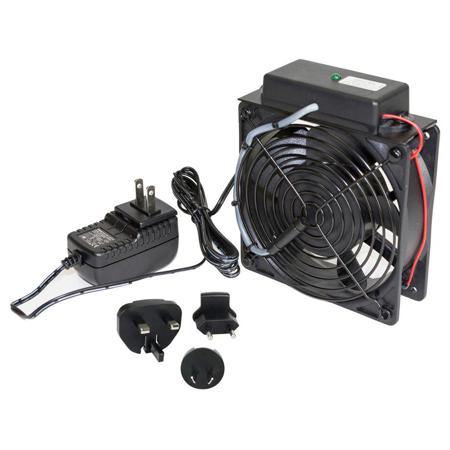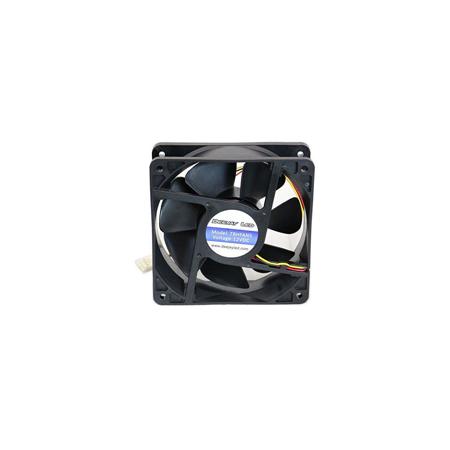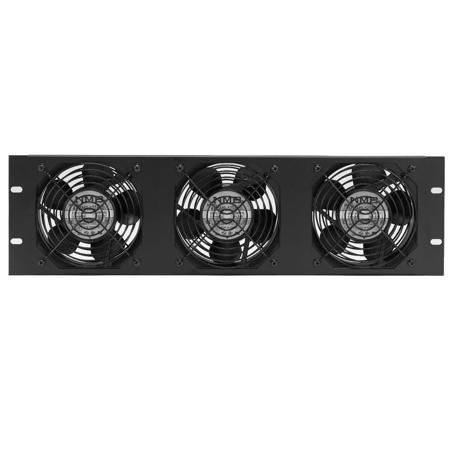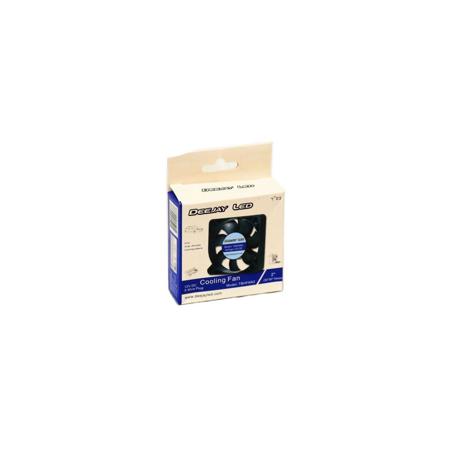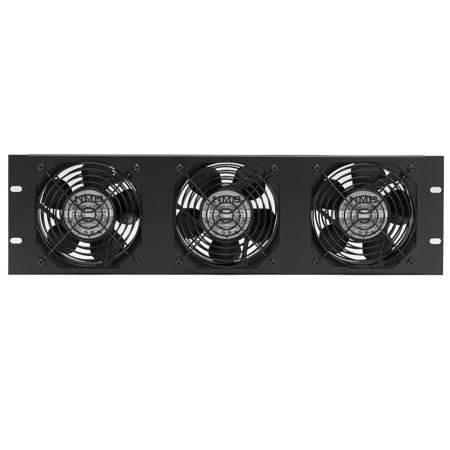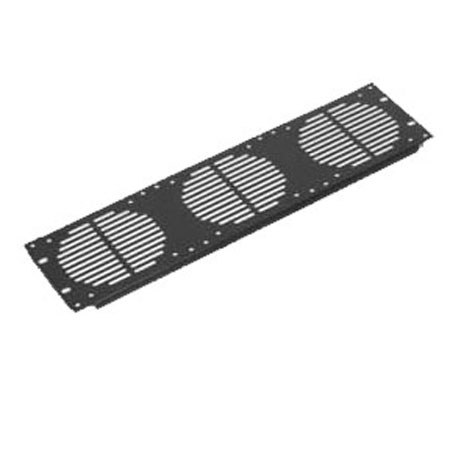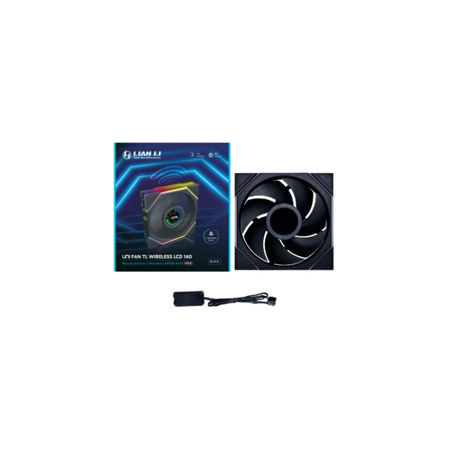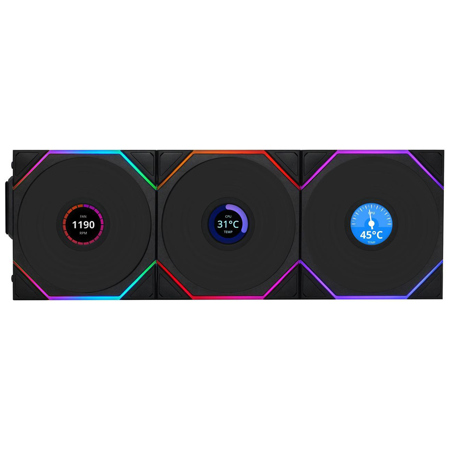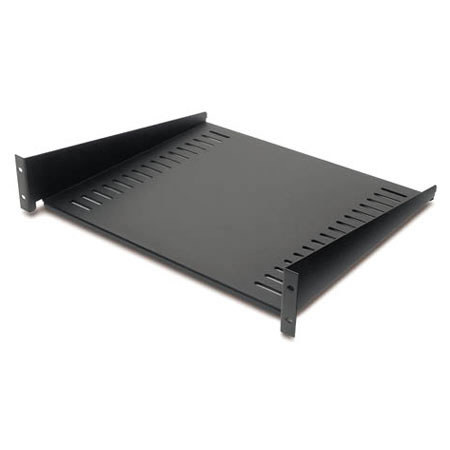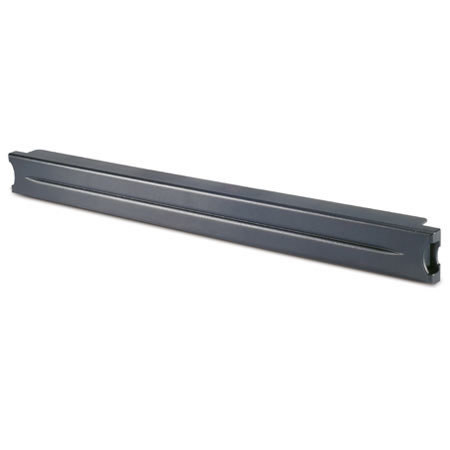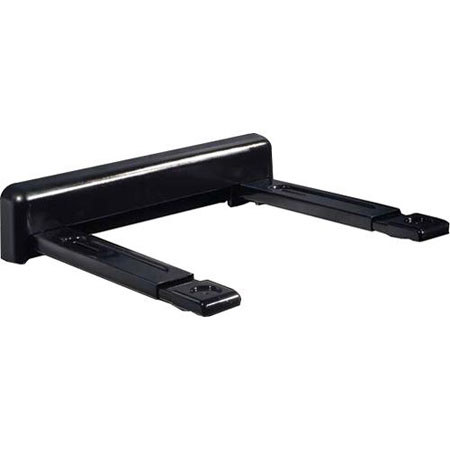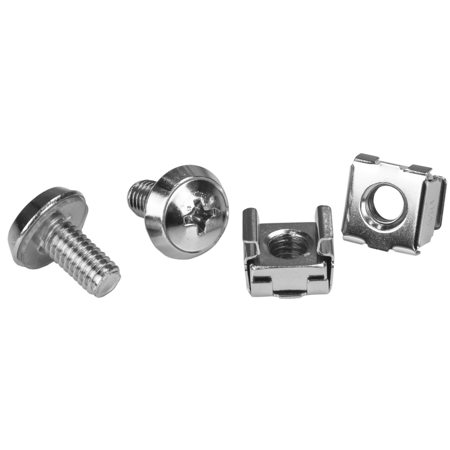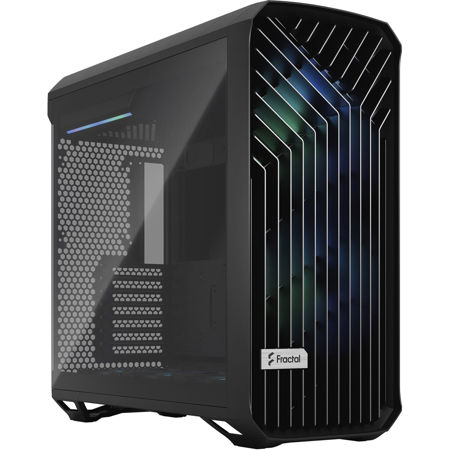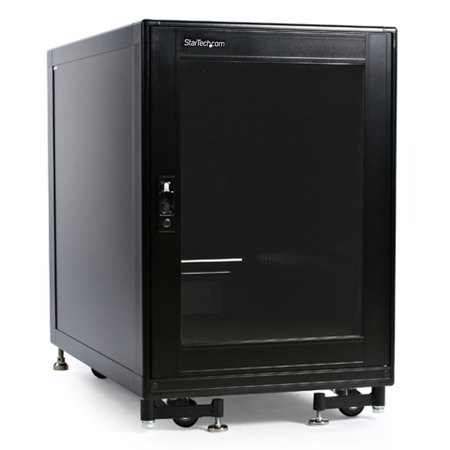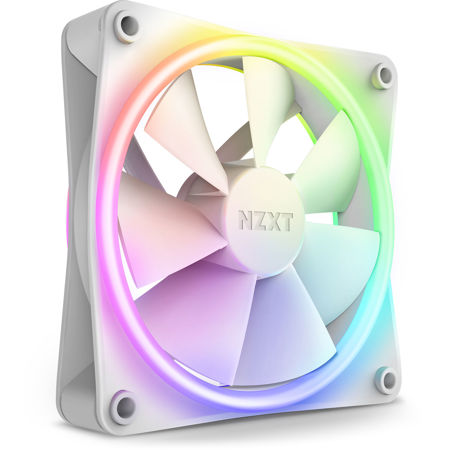Static Pressure Fans
As the winter months roll in and the need for optimized cooling solutions becomes paramount, especially in tightly packed electronic environments, the significance of high static pressure fans cannot be overstated. These fans are specially designed to deliver air at high pressure, making them ideal for scenarios where airflow is restricted by obstacles such as filters, radiators, or densely packed components in computer cases and other electronic assemblies. High static pressure fans are engineered to maintain a consistent airflow even when faced with resistance, ensuring that your equipment stays cool and operates efficiently, thereby extending its lifespan and enhancing performance. This makes them a crucial component for tech enthusiasts, gamers, and professionals who rely on high-performance computing systems.
For those looking to upgrade or build a computer system during this season, understanding the nuances between different types of cooling fans is key. Static pressure fans, particularly those labeled as high pressure fans, are designed to push air more effectively through restrictive spaces where typical case fans might falter. This feature is particularly important in modern compact systems or in setups that involve high-end components which generate considerable heat. When choosing the right fan, consider factors such as the size of the fan and the specific needs of your system. For instance, the best static pressure fans 120mm in size are often recommended for their balance between size and performance, providing sufficient airflow through radiators or heat sinks without taking up too much space. These 120mm options are a popular choice, as evidenced by their widespread use in both home and professional computing setups. For a deeper dive into these particular models, exploring a dedicated collection such as 120mm Case Fans can offer more specialized insights and a curated list of top performers.
The holiday season also presents a perfect opportunity to gift these practical yet highly appreciated tools to the tech aficionado in your life. Whether they are a professional video editor requiring a cool environment for their high-powered editing rig, or a passionate gamer looking to optimize their gaming PC’s performance, a high static pressure fan makes for a thoughtful and beneficial gift. Not only does it show consideration for their hobbies and professional needs, but it also contributes to the longevity and efficiency of their beloved setups. When gifting, consider the specific requirements of the recipient’s equipment to choose a fan that best suits their system’s configuration and cooling needs. Remember, the gift of a well-thought-out component like a high static pressure fan can significantly uplift the performance of any tech setup, making it an ideal choice for anyone looking to enhance their system’s functionality during the colder months, when static electricity and dry air can put additional strain on electronic components.
For those looking to upgrade or build a computer system during this season, understanding the nuances between different types of cooling fans is key. Static pressure fans, particularly those labeled as high pressure fans, are designed to push air more effectively through restrictive spaces where typical case fans might falter. This feature is particularly important in modern compact systems or in setups that involve high-end components which generate considerable heat. When choosing the right fan, consider factors such as the size of the fan and the specific needs of your system. For instance, the best static pressure fans 120mm in size are often recommended for their balance between size and performance, providing sufficient airflow through radiators or heat sinks without taking up too much space. These 120mm options are a popular choice, as evidenced by their widespread use in both home and professional computing setups. For a deeper dive into these particular models, exploring a dedicated collection such as 120mm Case Fans can offer more specialized insights and a curated list of top performers.
The holiday season also presents a perfect opportunity to gift these practical yet highly appreciated tools to the tech aficionado in your life. Whether they are a professional video editor requiring a cool environment for their high-powered editing rig, or a passionate gamer looking to optimize their gaming PC’s performance, a high static pressure fan makes for a thoughtful and beneficial gift. Not only does it show consideration for their hobbies and professional needs, but it also contributes to the longevity and efficiency of their beloved setups. When gifting, consider the specific requirements of the recipient’s equipment to choose a fan that best suits their system’s configuration and cooling needs. Remember, the gift of a well-thought-out component like a high static pressure fan can significantly uplift the performance of any tech setup, making it an ideal choice for anyone looking to enhance their system’s functionality during the colder months, when static electricity and dry air can put additional strain on electronic components.
